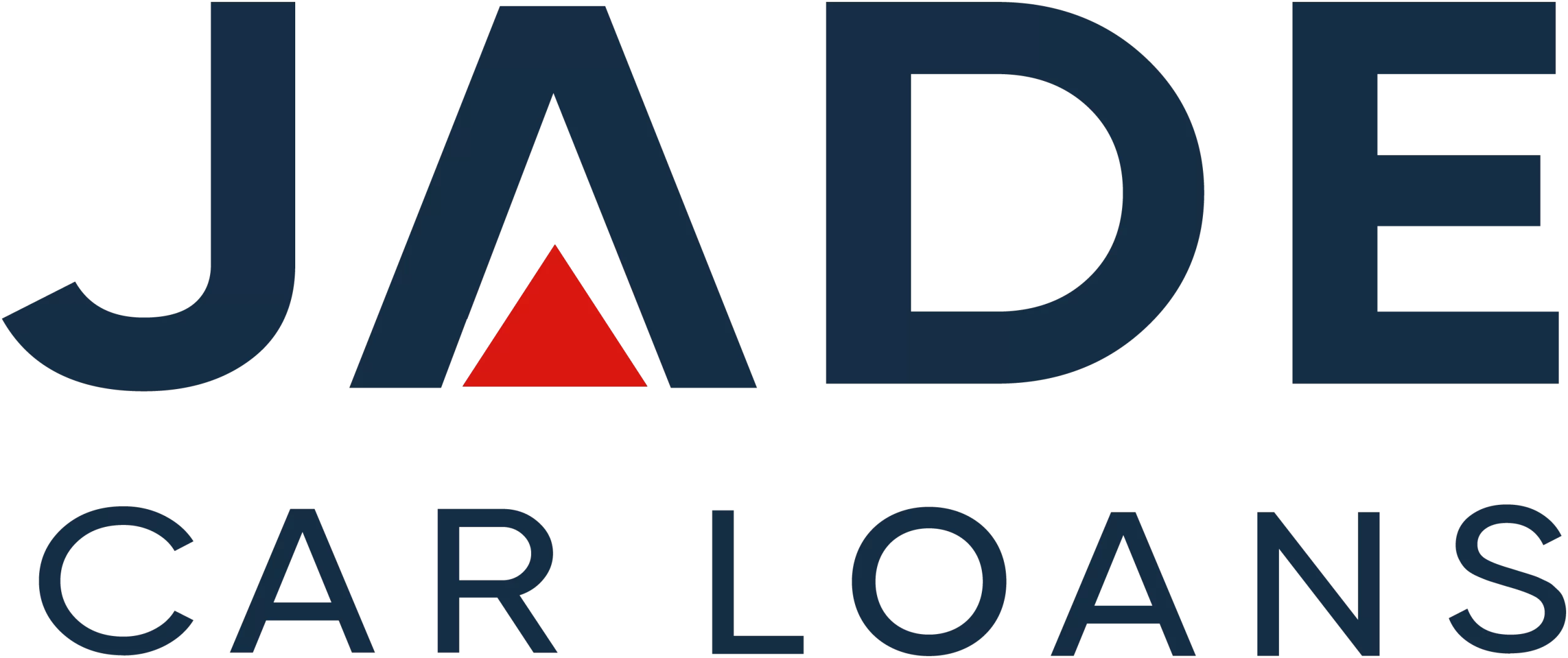When the Federal Treasurer released the 2020/21 Budget on 6 October, he introduced a term into the business financial vernacular that many regular everyday business owners had not heard of before - 'full expensing'. Just as you’ve spent the past 6 months getting your head around the finance terminology and implications around Instant Asset Write-Off, the Treasurer gives us another assignment to hit the textbooks - getting into ‘full expensing’ and working out how it differs from an asset write-off and depreciation. For some of us, yes, you can feel the headache coming on. But this could mean tax deductions which mean more cash flow or profit for your business. Worth a little effort and study time? Read on, we’ve done some of the hard work for you.
Explainer
The Budget includes temporary full expensing and an extension and enhancement to the already introduced Instant Asset Write-Off (IAWO) scheme. Both full expensing and asset write-off involve a business claiming the full purchase price of the asset as a tax deduction in the year of acquisition rather than having to depreciate the asset incrementally over several years. Depreciating assets, such as business vehicles, at the rate set by the Australian Taxation Office (ATO) is the standard way of claiming tax deductibility for assets.
So what’s the difference between full expensing and IAWO and why the need for two different measures?
In seeking a simple differentiation between the two concepts we referred to the ATO resources for clarification. At the time of preparing this article, we were unable to source specific Fact Sheets on all the new Budget announcements. However, we were able to source a rather simple explanation on the ATO Community forum.
In the ATO community feed, in response to the same question from a business owner, the ATO explained there are several key differences.
- IAWO has a threshold amount for the value of assets at $150,000 and full expensing has no threshold.
- The size of the business is a deciding factor as to which measure can be implemented. IAWO is not available to businesses with over $500m in aggregated turnover.
- Full expensing is available to larger businesses as it has a threshold of $5 billion turnover.
So if your business turnover is less than $500m and the vehicle you are purchasing is less than $150,000 the IAWO is applicable.
If your business turnover is between $500 million and $5 billion, regardless of the purchase price of the asset, in our area of interest that is vehicles, full expensing can be implemented.
Timeframes
Both temporary full expensing and IAWO have timeframes and businesses will need to adhere to the deadlines for the purchase and implementation of the cars/vehicles/assets to take advantage of these budget measures.
Under temporary full expensing, eligible assets must be acquired and installed after the time the Treasurer announces the Budget which is 7.30 pm 6 October 2020 AEDT and by 30 June 2022.
IAWO previously had a deadline of 31 December 2020 and that has been extended to 30 June 2021 for eligible assets. After that date, one presumes businesses can utilise temporary full expensing for eligible assets through to 30 June 2022.
Asset Eligibility
There appear to be some differences between the treatment of new as opposed to second-hand assets.
- Temporary full expensing for the most part relates to new assets.
- Second-hand assets appear to be eligible for businesses in the turnover less than $50m category.
- Businesses in the $50m-$500m category can claim eligible second-hand assets if the cost is less than $150,000, purchased before 31 December 2020 and installed and in operation by 30 June 2021.
Financing Decisions
In addition to the turnover and price of the vehicles, businesses also need to purchase the assets with a suitable business car finance product to be able to realise the tax deduction. As we have covered in many articles, to be able to depreciate an asset, that asset must appear on the business balance sheet.
Vehicle Leasing is an off-balance sheet finance facility and as such the borrowing business is not in a position to depreciate the asset. However, businesses opting for vehicle leasing can realise tax deductions in the leasing payments. To further assist in understanding the financial implications, a business car finance calculator might be a helpful tool.
With Chattel Mortgage, often an option for those looking into an ABN car loan, the vehicles are entered on the operational balance sheet and are depreciated according to the rulings in place. That is, a car purchased with Chattel Mortgage within the timeframes, by eligible businesses and within the values, can be depreciated under either IAWO or temporary full expensing.
Moving Forward
So now you have a basic explainer, as always, we advise that businesses refer to their accountant for specific direction regarding their arrangements.
To take advantage of the benefits on offer plus the current low interest rate environment, now may be the time to upgrade your business vehicles. Contact Jade Car Loans for a quote on a Chattel Mortgage or head to our calculator page to work out rough repayment estimates.
To take advantage of temporary full expensing or IAWO as outlined in the Budget, contact Jade Car Loans at 1300 000 003 for a quote on business vehicle finance.
DISCLAIMER: THE DETAILS, INFORMATION, DATA AND MATERIAL PRESENTED IN THIS ARTICLE HAS BEEN SOURCED, IN FOOD FAITH, FROM REPUTABLE SOURCES IN THE PUBLIC DOMAIN. INFORMATION IN RESPECT OF GOVERNMENT ANNOUNCEMENTS, POLICIES, PROGRAMS, MANUFACTURER’S GOODS AND SERVICES AND OTHER SUBJECT MATTER IS OFFERED FOR GENERAL INFORMATIVE PURPOSES ONLY AND NOT IN ANY WAY INTENDED AS A SOLE SOURCE FOR THE PURPOSE OF MAKING FINANCIAL DECISIONS. NO LIABILITY IS ACCEPTABLE FOR ANY ERRORS OR MIS-INTERPRETATION OF FACTS AND MATERIAL. IF A PERSON CONSIDERS THEY REQUIRE FINANCIAL ADVICE IN REGARD TO THEIR SPECIFIC AND INDIVIDUAL CIRCUMSTANCES, THEY SHOULD SEEK INDEPENDENT ADVICE FROM A FINANCIAL ADVISOR.


 " alt="">
" alt="">